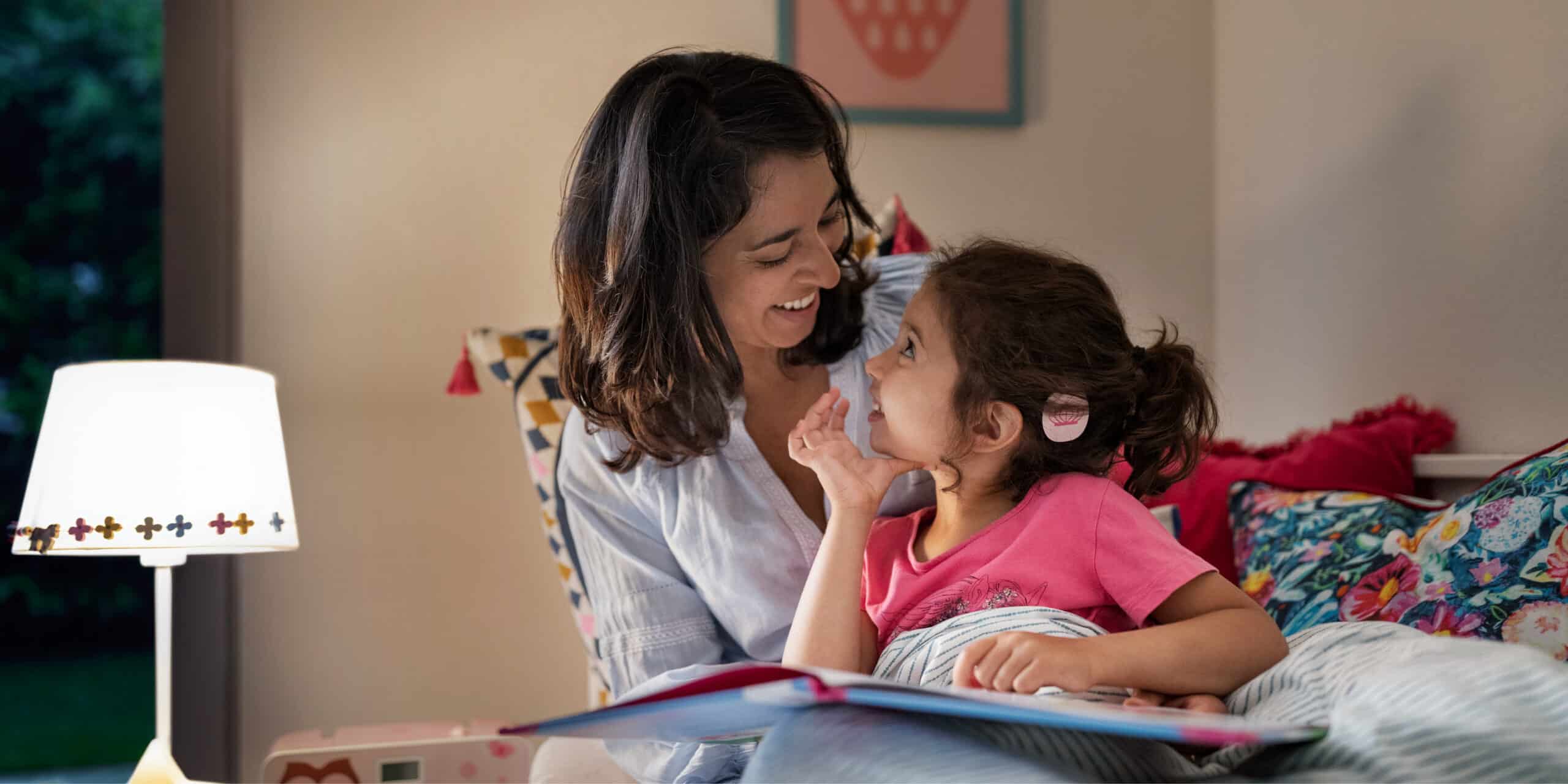MED-EL
Published Nov 18, 2021
Get Ready for Reading: A Guide to Improving Phonological Awareness

Newborn hearing screening and early intervention have improved the spoken language outcomes for children with severe-to-profound hearing loss. Children diagnosed early are presenting at school with significantly larger vocabularies than those diagnosed later, and those diagnosed early tend to have vocabularies almost as large as those of their hearing peers.
Despite these improvements, phonological awareness skills, an important predictor of reading ability, remain a weakness for young school-aged children with hearing loss according to research carried out in English-speaking populations.[1,2]
There is compelling evidence to support professionals targeting the awareness of written language and phonological awareness in the rehabilitation of children with hearing loss. To address this, we have developed a free downloadable resource: Get Ready for Reading: A Guide for Professionals Working with Children Using Hearing Technology.
Supporting the Development of Written Language & Phonological Awareness
This guide provides clinicians with goals, activities, and printable resources designed to target the skills of Awareness of Written Language and Phonological Awareness for children learning English.
This guide is based on research of English-speaking populations; however, the goals are valid across all alphabetic languages and to some degree ideographic languages. Clinicians are encouraged to adapt the activities and resources to languages other than English.
Free PDF Guide for Professionals
Download Get Ready for Reading: A Guide for Professionals Working with Children Using Hearing Technology
Additional Slide Decks
Download slide deck 1: I Know A Word
Download slide deck 2: My House
Download slide deck 3: What Could That Be Hiding From Me
What’s Included in Get Ready for Reading
Awareness of Written Language
Building an awareness of written language helps motivate children to read. This skill includes increasing children’s attention to text and helping them develop the understanding that meaning is carried by the scribbly marks visible on paper.
Phonological Awareness
1. Rhyme and Alliteration
Calling children’s attention to rhyme and alliteration helps build the understanding that words are made up of sounds and this contributes to the development of literacy skills.
Rhyme is when two or more words have the same sounds at the end of the word, usually the final syllable (e.g., light, bite).
Alliteration is when two or more words start with the same sound (e.g., big bouncy ball).
2. Syllable Blending & Segmentation
Being aware of syllables helps develop a natural rhythm during reading out loud and assists children in working out how to read and spell long words.
A syllable is a single unit of speech for pronouncing parts of words. Every syllable contains a vowel. Syllables can be thought of as beats in a word (e.g., cat has one syllable and caterpillar has four syllables).
3. Onset and Rime
This skill requires children to attend to the sound at the beginning of words (onset) and sound or group of sounds that follow that starting sound (rime). This skill is required when reading to blend sounds to make a word and to break words into sounds when spelling.
The onset is the consonant sound that precedes the vowel (e.g., ‘k’ in ‘cat’).
The rime is the vowel and any sound that follows it (e.g., ‘at’ in ‘cat’).
4. Phoneme Blending and Segmentation
The ability to isolate individual sounds in words makes it easy for children to sound words out for spelling. Blending the sounds is required for reading.
A phoneme just means a speech sound.
Phoneme blending is the process of building a word from individual sounds.
Phoneme segmentation is the process of breaking a word down into individual sounds.
5. Phoneme: Grapheme Association
The alphabetic principle is the understanding that a letter (i.e., grapheme) or combination of letters, represent a spoken sound (i.e., phoneme) in a consistent and predictable way. The alphabetic principle is required for spelling and to correctly pronounce words when reading.
A phoneme is a speech sound.
A grapheme is a written letter or combination of letters that can be read as one sound.
Special thanks to Rebecca Claridge, Regional Rehabilitation Manager at MED-EL, for writing and contributing this article.
Subscribe & Share
If you find these resources helpful, make sure to subscribe to receive new materials directly in your inbox as soon as they are released. Don’t forget to share this link with your colleagues or friends who might also benefit from these materials.
References
[1] Harris, M., Terlektsi, E., & Kyle, F. (2017). Literacy Outcomes for Primary School Children Who Are Deaf and Hard of Hearing: A Cohort Comparison Study. Journal Of Speech, Language, And Hearing Research, 60(3), 701-711. https://doi.org/10.1044/2016_jslhr-h-15-0403
[2] Cupples, L., Ching, T., Crowe, K., Day, J., & Seeto, M. (2013). Predictors of Early Reading Skill in 5-Year-Old Children With Hearing Loss Who Use Spoken Language. Reading Research Quarterly, 49(1), 85-104. https://doi.org/10.1002/rrq.60
MED-EL
Was this article helpful?
Thanks for your feedback.
Sign up for newsletter below for more.
Thanks for your feedback.
Please leave your message below.
CTA Form Success Message
Send us a message
Field is required
John Doe
Field is required
name@mail.com
Field is required
What do you think?
MED-EL



